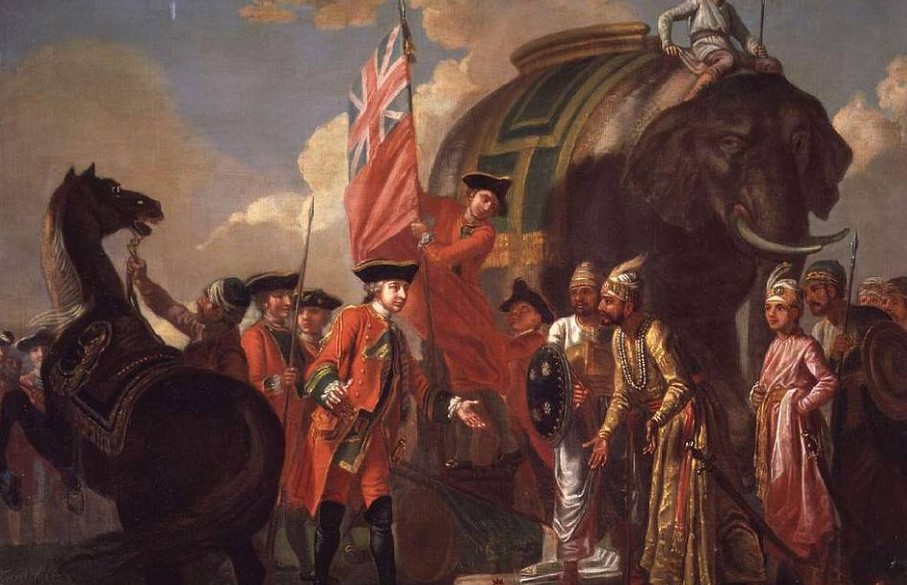
Arrival of Europeans | Modern History Short Notes
Arrival of Europeans notes/study material for preparation of UPSC, BPSC, UPPSC and other State PSC Examinations.
Home » UPSC Study Materials » Prelims Express » Modern History Short Notes » Socio-Religious Reform Movements | Modern History Short Notes
Socio-Religious Reform Movements of Modern India notes for UPSC Prelims, State Services and other examinations.
India in the 19th century witnessed multiple reform movements undertaken in various parts of the country responsible for the social and cultural awakening in India.
The spread of liberal ideas of the west also provided further stimulus for the spread of reform movements in various parts of the country.
These movements were mainly oriented towards bringing changes in social and religious life of the people of India.
These were mainly targeted towards the social and educational advancement of the Muslims in India.

Arrival of Europeans notes/study material for preparation of UPSC, BPSC, UPPSC and other State PSC Examinations.
We are adding new Notes, Chapterwise MCQs, Quizzes, Previous Years Questions everyday
We are adding new Notes, Chapterwise MCQs, Quizzes, Previous Years Questions everyday